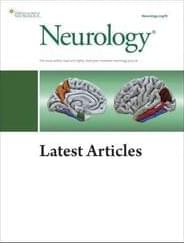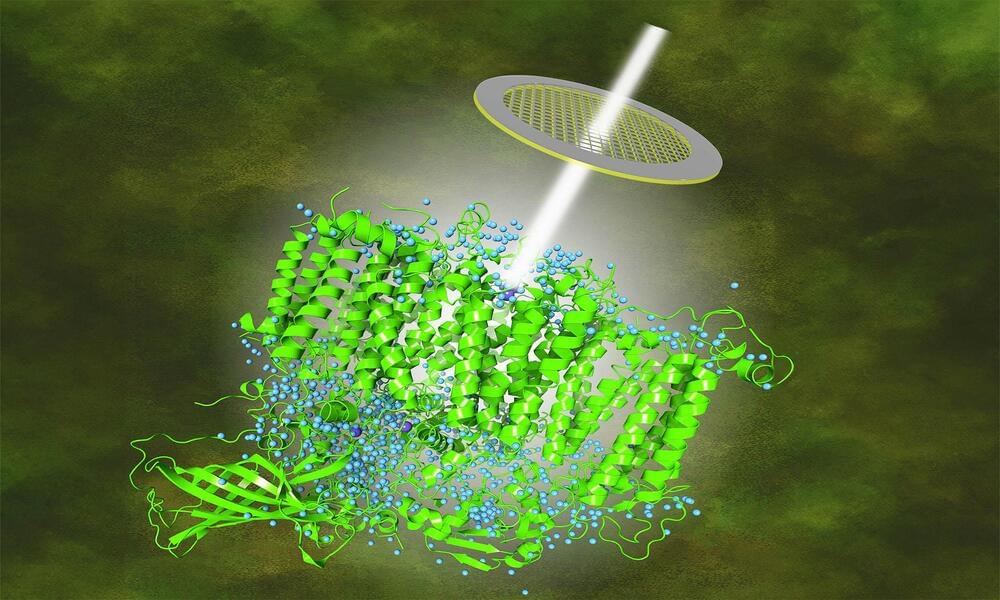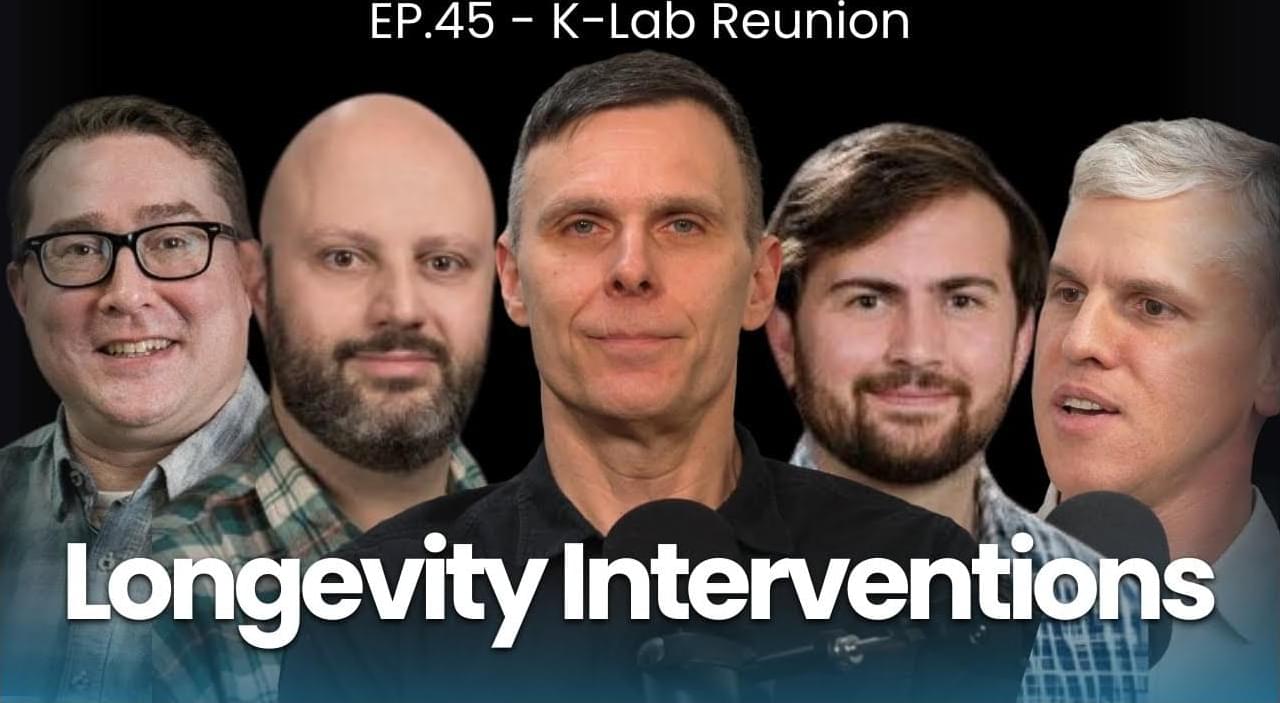Jul 2, 2024
MMGIS: Open-Source Mapping Interface for Mars Exploration
Posted by Laurence Tognetti, Labroots Inc. in categories: mapping, space
“Every mission is contributing back to the other missions and future missions in terms of new tools and techniques to develop,” said Dr. Fred Calef III. “It’s not just you working on something. It’s being able to share data between people… getting a higher order of science.”
As NASA’s Perseverance rover continues to explore the surface of Mars, an open-source, online mapping software known as Multi-Mission Geographic Information System (MMGIS) has been instrumental in determining the best routes for the car-sized rover and landing sites for its Ingenuity helicopter prior to the latter’s “retirement” but is also available for the public to follow the mission, as well. This software holds the potential to help both scientists and the public explore Mars in new and exciting ways for years to come.
“Maps and images are a common language between different people — scientists, engineers, and management,” said Dr. Nathan Williams, who is a mapping specialist at NASA JPL and was a key player in selecting Jezero Crater as the landing site for the Perseverance rover. “They help make sure everyone’s on the same page moving forward, in a united front to achieve the best science that we can.”
Continue reading “MMGIS: Open-Source Mapping Interface for Mars Exploration” »

















